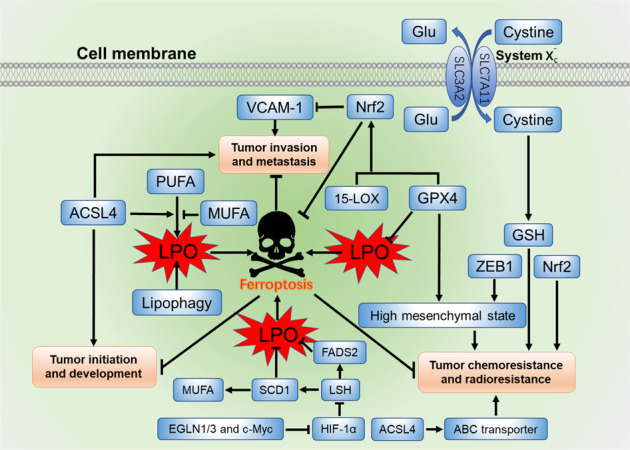Fig. 2. The interaction of ferroptosis and lipid metabolism in tumor biology.

ACSL4, 15-LOX, and GPX4 are key factors involved in ferroptosis and lipid metabolism that regulate tumor initiation, development, invasion, metastasis, chemoresistance, and radioresistance. GPX4 and ZEB1 are associated with high mesenchymal state to contribute to tumor chemoresistance. Both GPX4 and 15-LOX can activate Nrf2 to inhibit the expression of VCAM-1 that contribute to tumor metastasis and angiogenesis. The transcription factor Nrf2 is a key regulator of antioxidant response that suppress ferroptosis to enhance tumor chemoresistance and radioresistance. EGLN1/3 and c-Myc can directly activate the expression of LSH by suppressing HIF-1α, and the elevated LSH upregulates genes involved in lipid metabolism, such as SCD1 and FADS2 to suppress ferroptosis and promote tumor initiation and development
